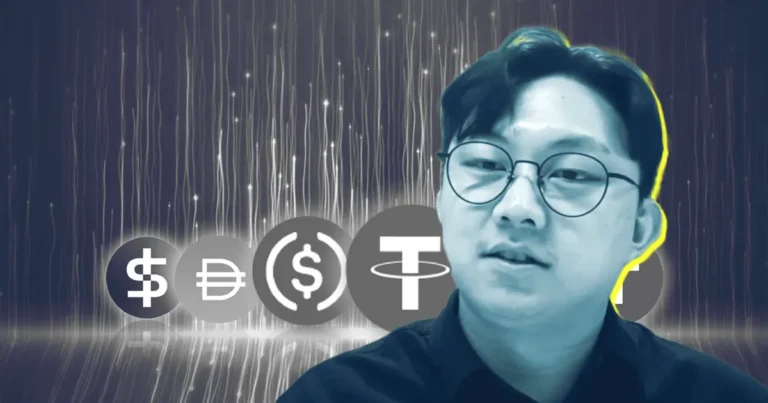13-5-2025 – Amidst increasing regulatory scrutiny of digital currencies, the notion of ‘dark stablecoins’ has emerged as a potential bulwark against governmental overreach, according to prominent industry figure Ki Young Ju. The CryptoQuant founder envisages these censorship-resistant instruments arising in response to mounting control over established digital dollar equivalents.
The cryptocurrency landscape could witness a fundamental shift as legacy stablecoins face existential challenges from regulatory frameworks designed to curtail their independence. Young Ju contends that the intermediaries entangled with regulated stablecoins render these instruments vulnerable to governmental intervention, potentially compromising their utility.
“USDT itself used to be considered a censorship-resistant stablecoin,” Young Ju observed. “If Tether chooses not to comply with U.S. government regulations under a future Trump administration, it could become a dark stablecoin in an increasingly censored internet economy.”
This perspective emerges against the backdrop of proposed American legislation, particularly the Senate GENIUS Act, which advocates stringent oversight of onshore digital dollar issuers. Such measures would impose formidable constraints, including mechanisms to restrict access for recipients appearing on governmental blacklists—a feature that strikes at the heart of cryptocurrency’s foundational principles.
The stablecoin market, presently valued at approximately $242 billion, remains dominated by dollar-pegged offerings, with Tether’s USDT and Circle’s USDC collectively commanding a staggering 90% share. These instruments, designed to maintain parity with traditional currencies or commodities, have become integral to the broader cryptocurrency ecosystem.
Young Ju’s forecast suggests that future ‘dark stablecoins’ might adopt algorithmic models or originate from jurisdictions disinclined to impose financial restrictions. This speculation has catalysed vigorous debate within cryptocurrency circles, with divergent perspectives on the necessity and viability of such instruments.
Proponents view current stablecoins as potential vulnerabilities in the cryptocurrency infrastructure. “Stablecoins are a choke point for Bitcoin, like any third-party intermediary,” remarked one supporter. “Europe has already tightened access to Bitcoin via stablecoin regulation. And, the U.S. is also slowly gaining more control over USDT flows. I agree, we need dark stablecoins!”
This sentiment highlights concerns that regulatory authorities are incrementally extending their reach over stablecoin transactions, potentially compromising the financial autonomy that initially attracted many to Bitcoin. However, dissenting voices question whether alternative stablecoins are necessary, contending that Bitcoin’s inherent properties sufficiently address requirements for censorship resistance.
The genesis of Bitcoin, according to Young Ju, was predicated on its capacity to operate beyond governmental control—a characteristic that resonated profoundly with early adopters.


